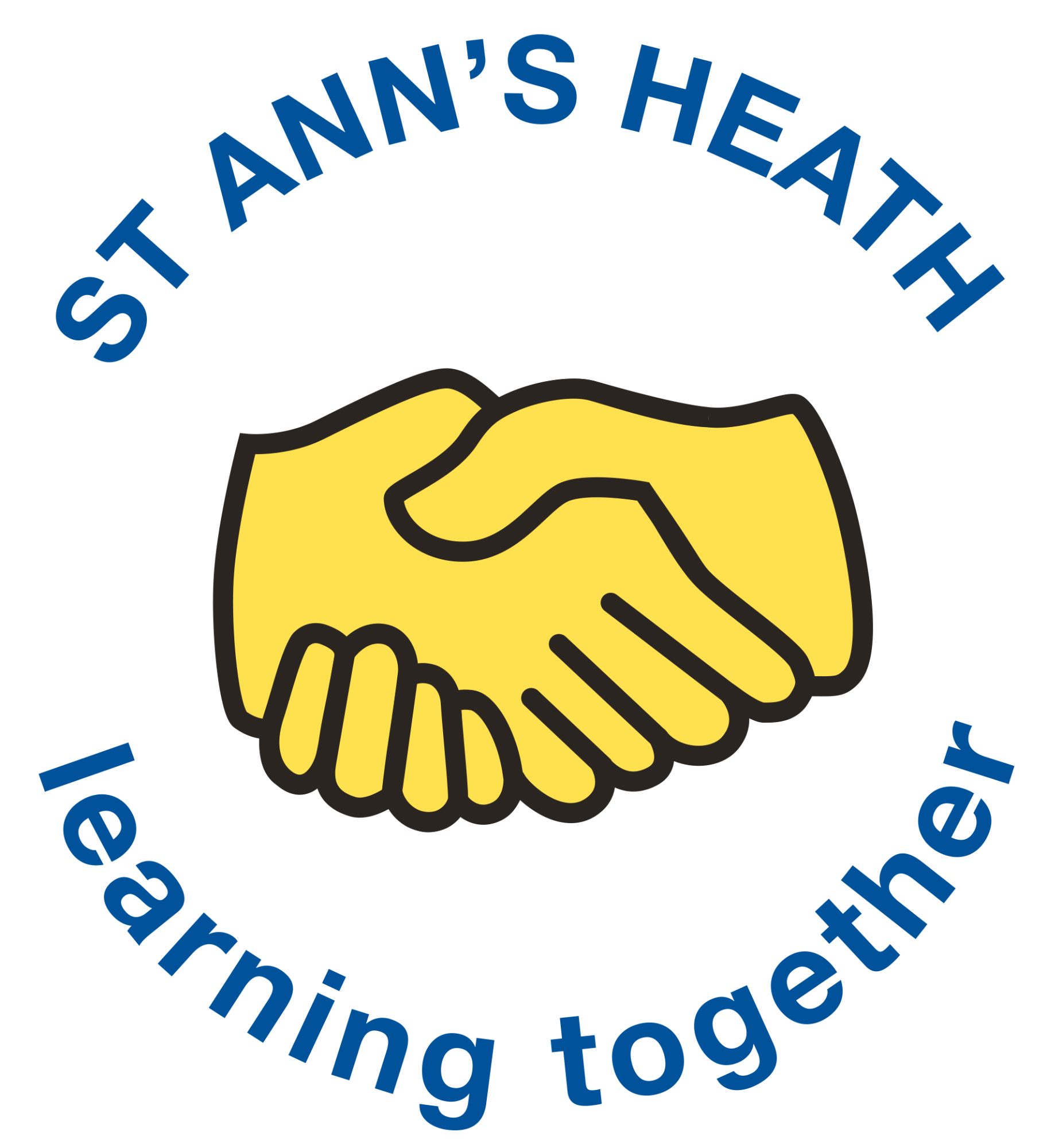|
At St Ann’s Heath, we believe our Design and Technology curriculum should inspire our pupils to be innovative and creative thinkers who have an appreciation for the product design cycle through ideation, creation, and evaluation. We want our children to develop the confidence to take risks, through drafting design concepts, modelling, and testing and to be reflective learners who evaluate their work and the work of others. Through our scheme of work, we aim to build an awareness of the impact of design and technology on our lives and encourage our children to become resourceful, enterprising citizens who will have the skills to contribute to future design advancements.
Intent
- Ensure that the Design and Technology scheme of work enables pupils to meet the end-of-key-stage attainment targets in the National Curriculum.
- Inspire pupils to be innovative and creative thinkers in the field of Design and Technology.
- Foster an appreciation for the entire product design cycle, including ideation, creation, and evaluation.
- Develop children’s confidence to take risks in their design process.
- Encourage drafting design concepts, modelling, and testing as integral parts of the creative journey.
- Cultivate reflective learners who regularly evaluate their own work.
- Promote critical assessment of the work of others, fostering a culture of continuous improvement.
- Build an awareness of the impact of design and technology on everyday life.
- Highlight the significance of design advancements and technological contributions to society.
- Encourage children to become resourceful and enterprising citizens.
- Equip children with skills that contribute to future design advancements, fostering a sense of responsibility.
Implementation
- At St Ann’s Heath, we follow the Kapow condensed curriculum for Design & Technology
- Each unit of learning seeks to cover the four National Curriculum subheadings:
- Design
- Make
- Evaluate
- Technical knowledge
- Meaningful links to the creative curriculum are established whenever possible e.g. Y3 Egyptian collars. In cases where this isn't feasible, units of learning are taught discretely
- Kapow National curriculum mapping shows which units cover each of the National curriculum attainment targets as well as each of the strands.
- Progression of knowledge and skills documents show the skills that are taught within each year group and how these skills develop to ensure that attainment targets are securely met by the end of each key stage.
- Units of learning are fully scaffolded and support the needs of all children.
- As part of their learning throughout KS2, children will cover each of these six areas:
- Cooking and nutrition
- Mechanisms/ Mechanical systems
- Structures
- Textiles
- Electrical systems
- Digital world
- Each of the key areas follows the design process (design, make and evaluate) and has a particular theme and focus from the technical knowledge or cooking and nutrition section of the curriculum.
- The Kapow Primary scheme is a spiral curriculum, with key areas revisited again and again with increasing complexity, allowing pupils to revisit and build on their previous learning.
- Lessons incorporate a range of teaching strategies from independent tasks, paired and group work including practical hands-on, computer-based and inventive tasks. This variety means that lessons are engaging and appeal to those with a variety of learning styles.
- Differentiated guidance is available for every lesson to ensure that lessons can be accessed by all pupils and
- opportunities to stretch pupils’ learning are available when required.
- Knowledge organisers for each unit support pupils in building a foundation of factual knowledge by encouraging recall of key facts and vocabulary.
- Each unit of lessons includes multiple teacher videos to develop subject knowledge and support ongoing CPD.
Impact
The impact of our Design & Technology curriculum is assessed through the following methods:
- Book looks
- Analysis of planning skeletons
- Learning walks
- Curriculum reviews
- Pupil voice
- Children understand the functional and aesthetic properties of a range of materials and resources.
- Children understand how to use and combine tools to carry out different processes for shaping, decorating, and manufacturing products.
- Children build and apply a repertoire of skills, knowledge and understanding to produce high quality, innovative outcomes, including models, prototypes, CAD, and products to fulfil the needs of users, clients, and scenarios.
- Children understand and apply the principles of healthy eating, diets, and recipes, including key processes, food groups and cooking equipment.
- Children have an appreciation for key individuals, inventions, and events in history and of today that impact our world.
- Children recognise where our decisions can impact the wider world in terms of community, social and environmental issues.
- Children self-evaluate and reflect on learning at different stages and identify areas to improve.
- Most children meet the end of key stage expectations outlined in the National curriculum for Design and technology.
|
